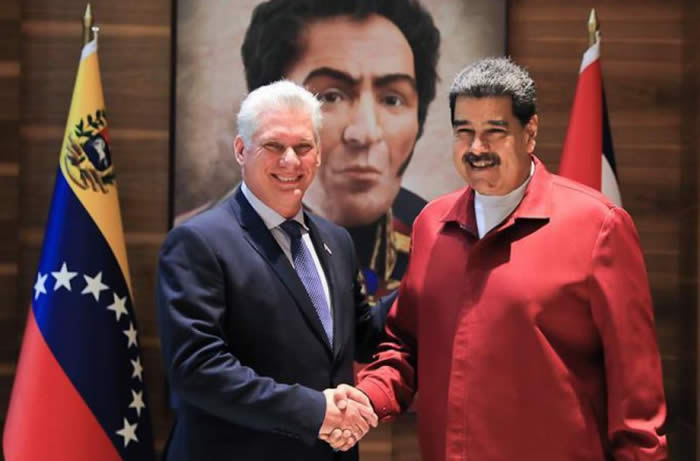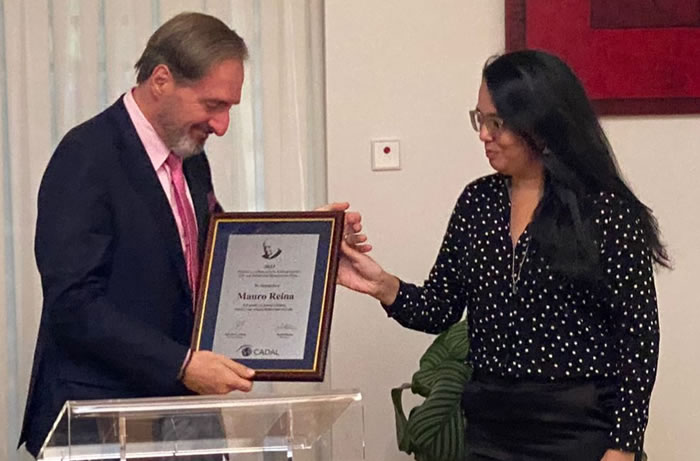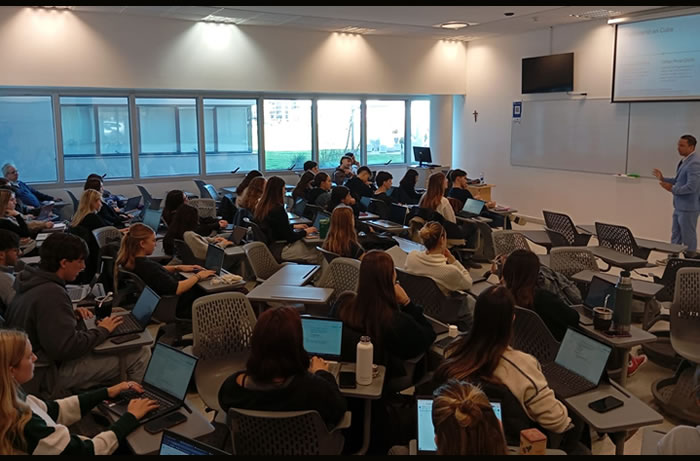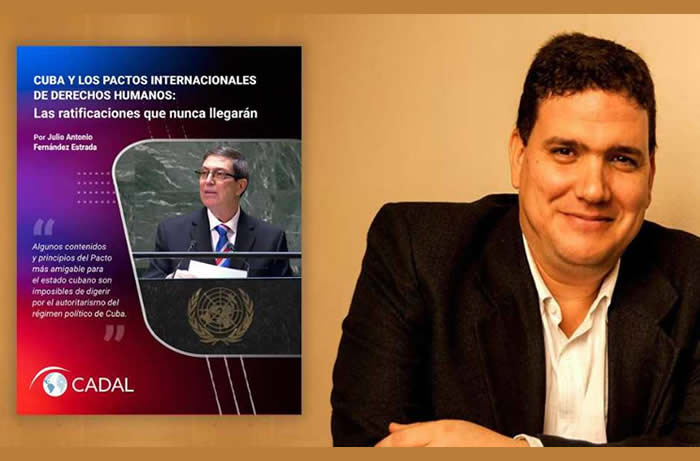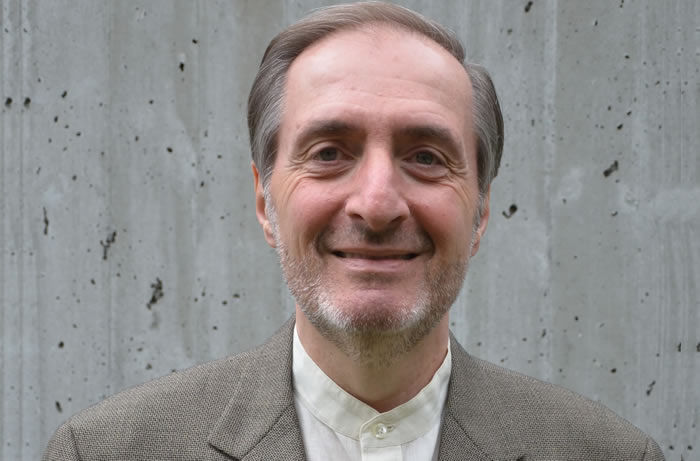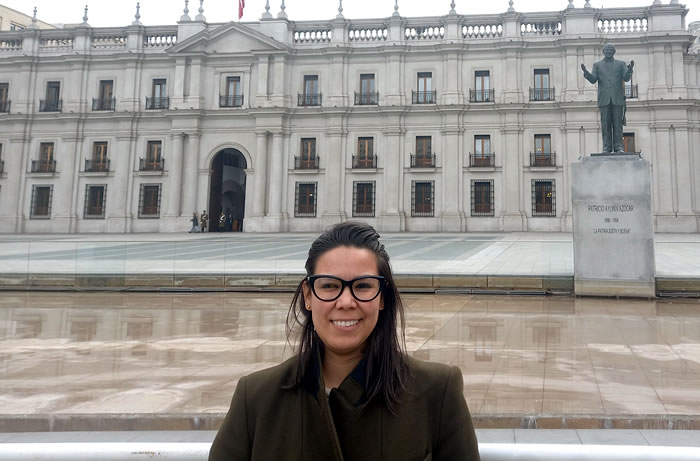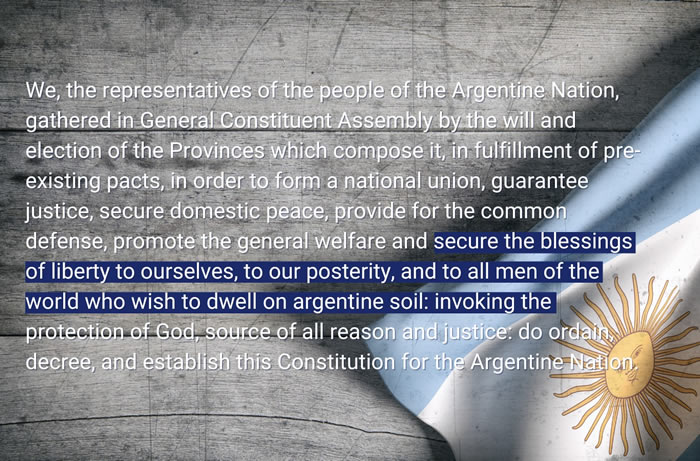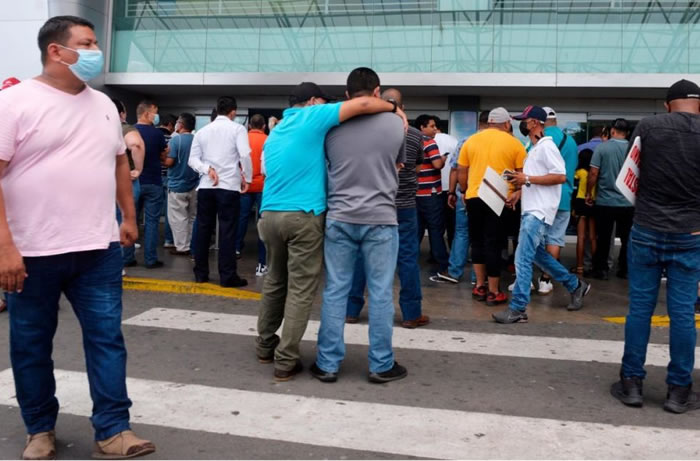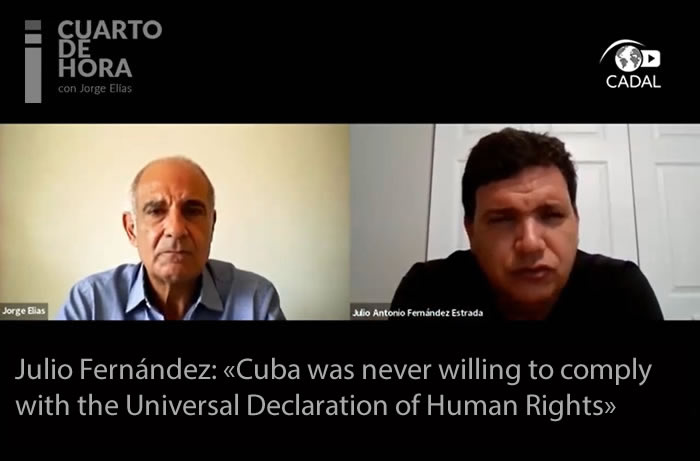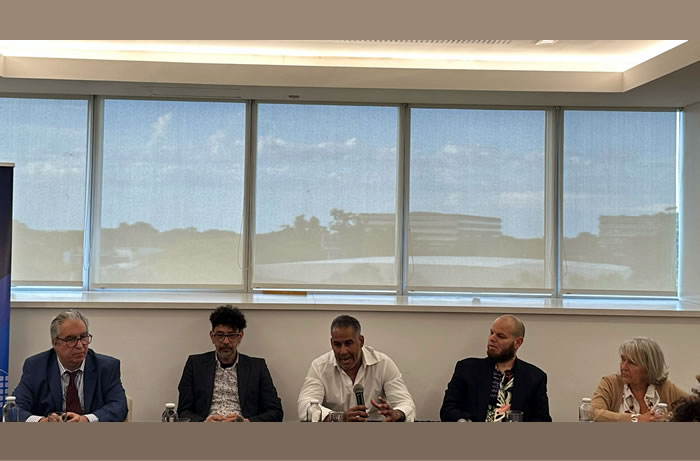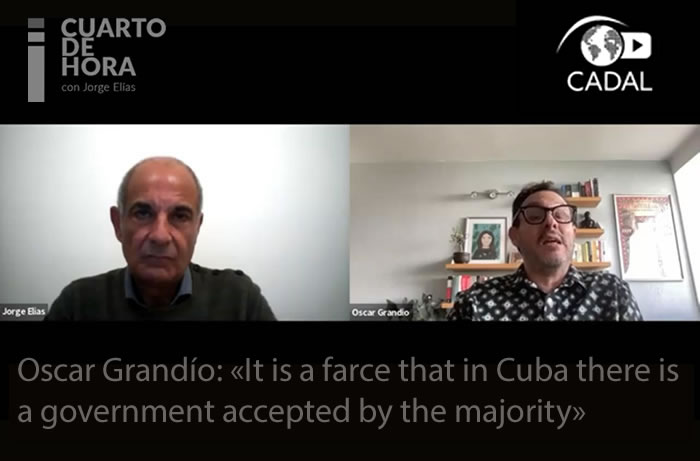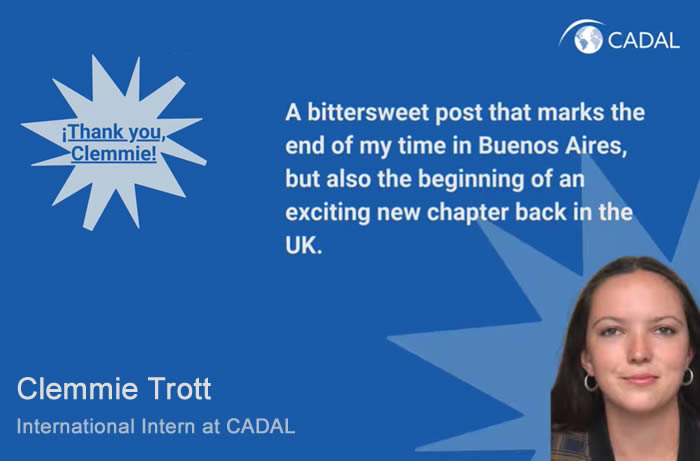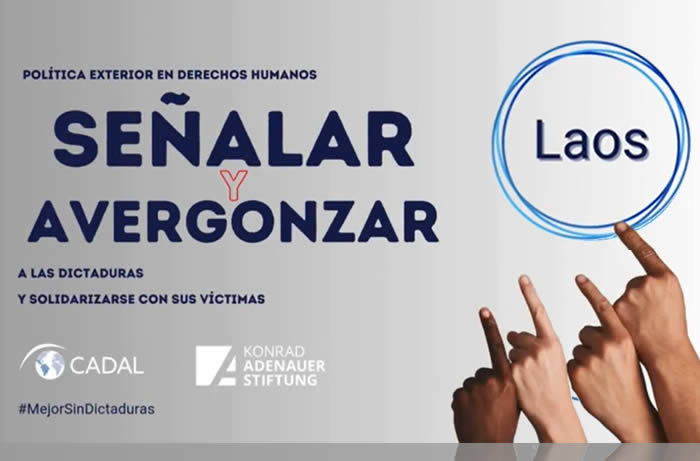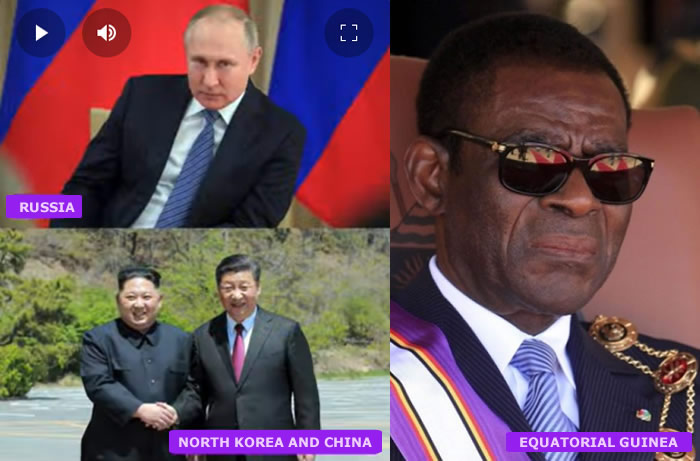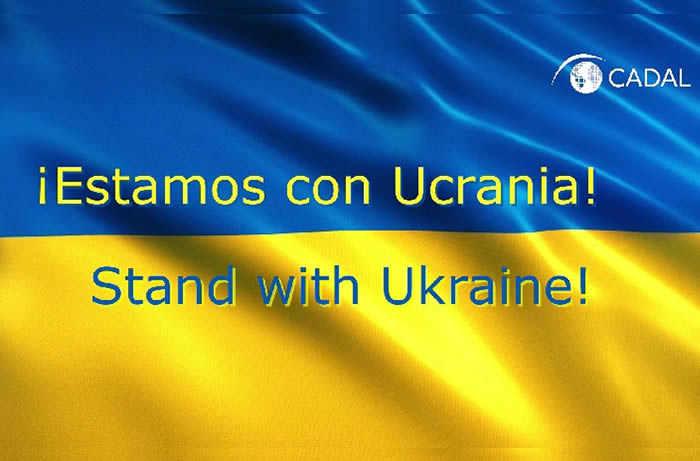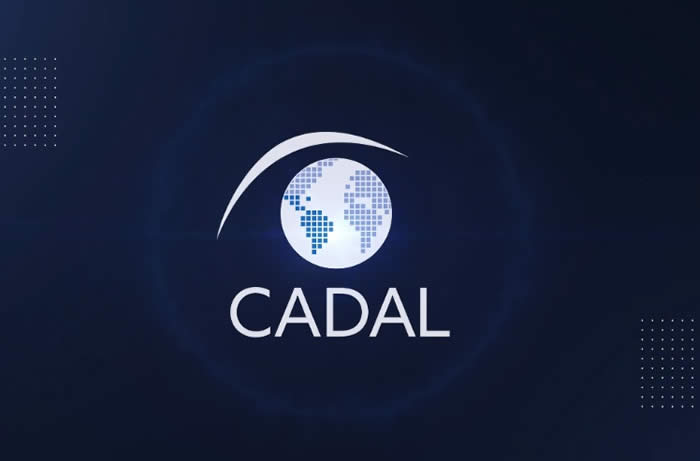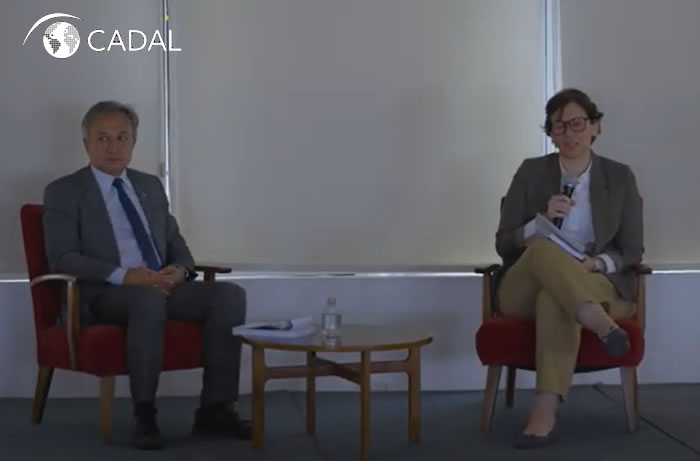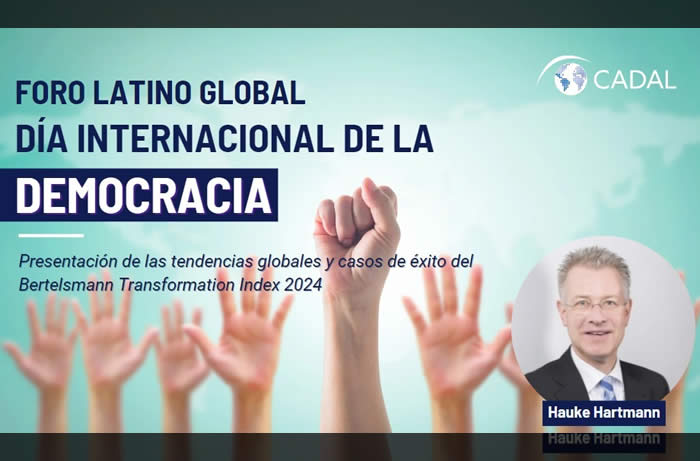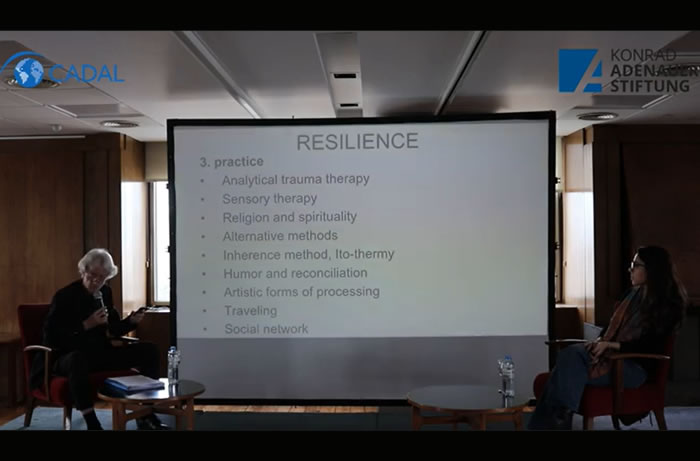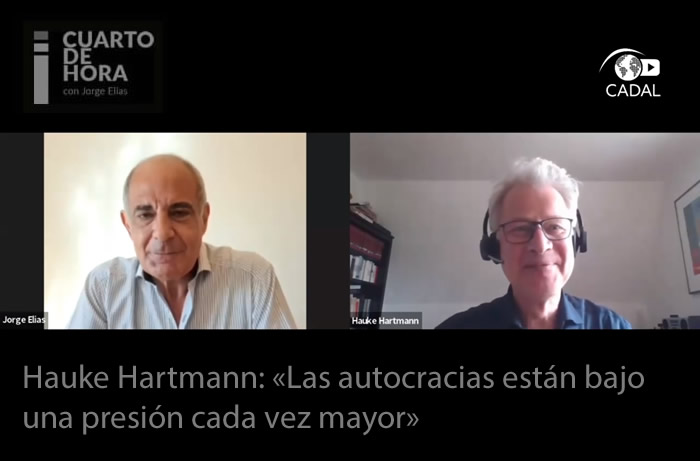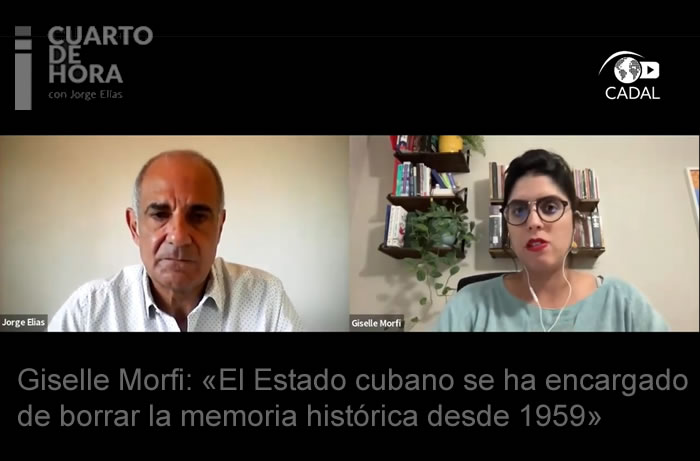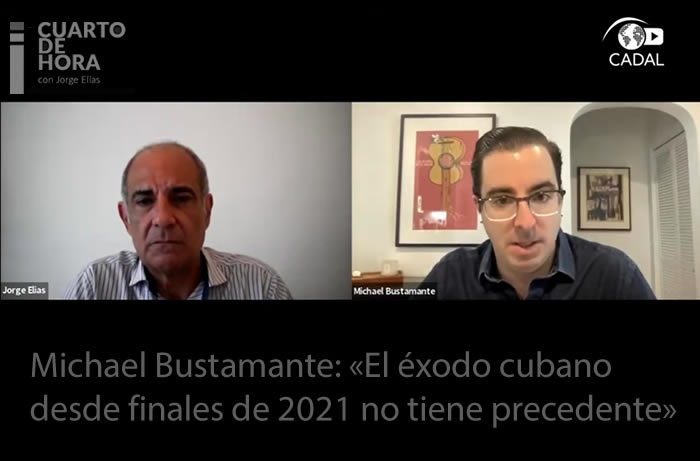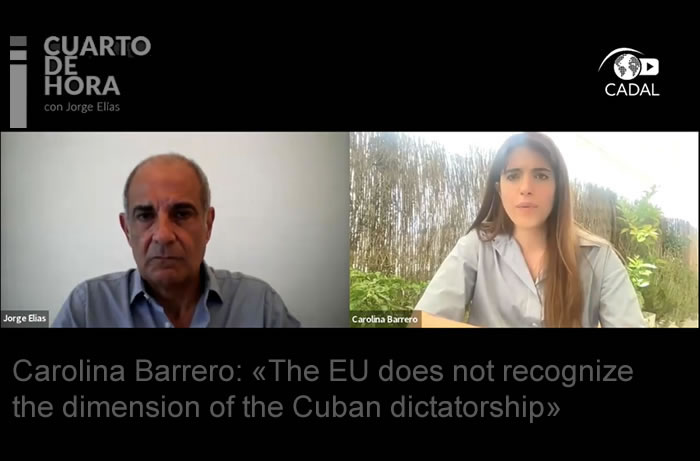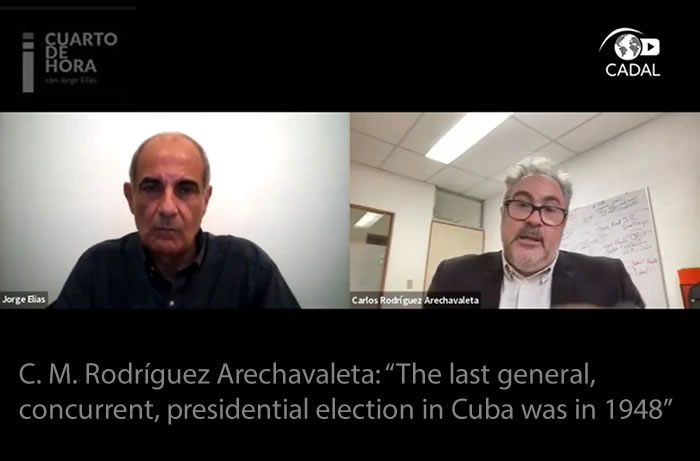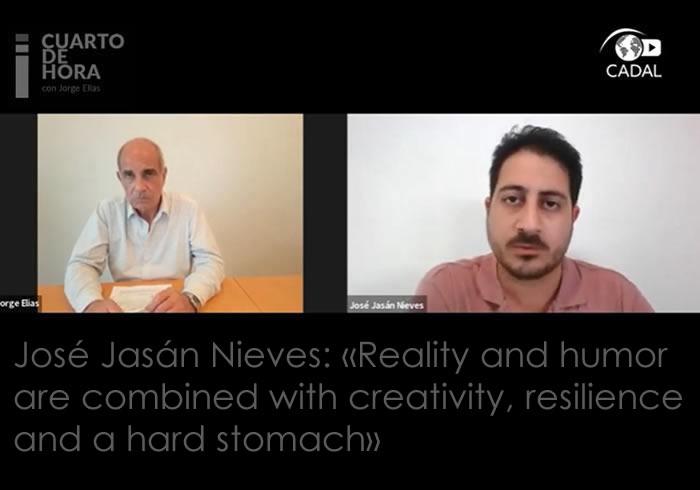Latino-Cuban Dialogue
Promotion of the Political Opening in Cuba
The incorporation of protest in Cuba as a tool for democratization
Most importantly, in the terrain of the left and of the Latin American space: Cuba is Latin-Americanizing in two fundamental directions: in the area of inequalities and in the incorporation of protest as a tool for democratization. Latin America should listen.
(Havana) In academic studies on democratic transition, the thesis that a democratic process enters the consolidation phase when there is a changeover has been widely used. It is not the first elections that confirm the democratic status of a society, but those in which the losers hand over power peacefully to their adversaries in the electoral process. Without fuss.
This thesis, revised in times of democratic recession, is still relevant despite the regressions observed in democratically mature societies. But it is even more so when applied to the changes that occur at the social level, to the cultural, mental and psychological transformations that come from below, where the inhabitant-subject is transformed into inhabitant-citizen.
In this sense, the recent protests in Cuba constitute the entry of the Cuban society into the process of consolidation of what I call strong citizenship. Through several changes. From 1994 (the Maleconazo) to 2002 (the Varela Project) eight years go by; from 2005, when the Cuban society begins its psychological recovery after the harsh repression of 2003, to 2018, when the San Isidro Movement emerged, 13 years go by; from 2018 to 2021 (July demonstrations) three years go by; and from 2021 to 2024 another three years have passed. The distinctive note of all these changes is that of intergenerational learning on one key aspect: the character of the link between the society and the State.
This definitive lesson has been learned and apprehended in the last changeover (2021-2024), in which Cuban society has just assumed and incorporated the fact that citizens occupy a different place from the State, as opposed to the State.
If after the repression of the demonstrations of 2021 the government tried to close the open abyss between itself and the Cuban people, violently reaffirming its role of the representative father, the protests, no more and no less than in the east of the country, show with crystal clarity that the Cuban citizenship, in its civic and political senses, is here to stay.
Several elements are worth noting. First, its location. Eastern Cuba was supposed to be revolutionarily conservative. Santiago de Cuba, in particular, is considered the cradle of the '59 revolution. In fact, in July 2021, the most outstanding event in Cuba's second most important city was the arrest of pro-democratic leader José Daniel Ferrer. In 2024 Santiago de Cuba joins the strong wave of demands for democratization. The second element was the quick spillover. The entire eastern part of the country, not everywhere in the east, awoke to the protest in the wake of Santiago de Cuba. El Cobre, in Santiago de Cuba itself; Bayamo and Jigauní, in the Granma province: Cacocún, in Holguín, which actually precedes Santiago de Cuba in this wave of protests. Then, its rapid extension to the center and part of the western part of the country. Third, the collapse of the country. The pre-basic demands of these protests reflect the failed condition of the State, incapable of satisfying the minimum conditions on which to sustain governance. Fourth, the breakdown of communication between the government and the people. The State follows the channel of imposed ideologization, where the citizenry only understands accumulated concrete mundane needs and demands. Fifth, the social normalization of protest. The whole country now knows that pressure in the streets, which is legally recognized, but beyond the central institutions of the government, is the most effective and efficient means to achieve the satisfaction of their demands. Sixth, the political delegitimization of violence. On the part of society, which overcomes its fear and the harsh Cuban Penal Code, and on the part of the State itself, which understands that the violent repression of peaceful protests, the specific type of violence found in totalitarianisms, does not produce any profit for its various pretensions. Seventh, the emptiness of the narrative. When the protesters chant "no more molar" (no more empty speeches), the government loses its former capacity for justification, explanation and hope. Eighth, the democratic delegitimization of the government. Several of these demonstrations called for a change of political regime and, in one of them, the authorities present were reminded that no one had elected them. Ninth, and of course not the last noteworthy, the total loss of options to lead Cuban society and its future alternatives. As always, now in its most critical hour, the government transfers its responsibilities to the United States and to the terrain of the influential unreality of the Cuban exile. This is called counter leadership.
Most importantly, in the terrain of the left and of the Latin American space: Cuba is Latin-Americanizing in two fundamental directions: in the area of inequalities and in the incorporation of protest as a tool for democratization. Latin America should listen to Cuban citizens. We are here.
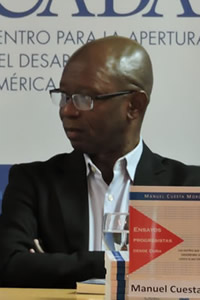 Manuel Cuesta MorúaHistorian, political scientist and essayist. Spokesman for the Arco Progresista Party, he has written numerous essays and articles, and published in several Cuban and foreign magazines, in addition to participating in national and international events. In 2016 he received the Ion Ratiu Award from the Woodrow Wilson Center.
Manuel Cuesta MorúaHistorian, political scientist and essayist. Spokesman for the Arco Progresista Party, he has written numerous essays and articles, and published in several Cuban and foreign magazines, in addition to participating in national and international events. In 2016 he received the Ion Ratiu Award from the Woodrow Wilson Center.
(Havana) In academic studies on democratic transition, the thesis that a democratic process enters the consolidation phase when there is a changeover has been widely used. It is not the first elections that confirm the democratic status of a society, but those in which the losers hand over power peacefully to their adversaries in the electoral process. Without fuss.
This thesis, revised in times of democratic recession, is still relevant despite the regressions observed in democratically mature societies. But it is even more so when applied to the changes that occur at the social level, to the cultural, mental and psychological transformations that come from below, where the inhabitant-subject is transformed into inhabitant-citizen.
In this sense, the recent protests in Cuba constitute the entry of the Cuban society into the process of consolidation of what I call strong citizenship. Through several changes. From 1994 (the Maleconazo) to 2002 (the Varela Project) eight years go by; from 2005, when the Cuban society begins its psychological recovery after the harsh repression of 2003, to 2018, when the San Isidro Movement emerged, 13 years go by; from 2018 to 2021 (July demonstrations) three years go by; and from 2021 to 2024 another three years have passed. The distinctive note of all these changes is that of intergenerational learning on one key aspect: the character of the link between the society and the State.
This definitive lesson has been learned and apprehended in the last changeover (2021-2024), in which Cuban society has just assumed and incorporated the fact that citizens occupy a different place from the State, as opposed to the State.
If after the repression of the demonstrations of 2021 the government tried to close the open abyss between itself and the Cuban people, violently reaffirming its role of the representative father, the protests, no more and no less than in the east of the country, show with crystal clarity that the Cuban citizenship, in its civic and political senses, is here to stay.
Several elements are worth noting. First, its location. Eastern Cuba was supposed to be revolutionarily conservative. Santiago de Cuba, in particular, is considered the cradle of the '59 revolution. In fact, in July 2021, the most outstanding event in Cuba's second most important city was the arrest of pro-democratic leader José Daniel Ferrer. In 2024 Santiago de Cuba joins the strong wave of demands for democratization. The second element was the quick spillover. The entire eastern part of the country, not everywhere in the east, awoke to the protest in the wake of Santiago de Cuba. El Cobre, in Santiago de Cuba itself; Bayamo and Jigauní, in the Granma province: Cacocún, in Holguín, which actually precedes Santiago de Cuba in this wave of protests. Then, its rapid extension to the center and part of the western part of the country. Third, the collapse of the country. The pre-basic demands of these protests reflect the failed condition of the State, incapable of satisfying the minimum conditions on which to sustain governance. Fourth, the breakdown of communication between the government and the people. The State follows the channel of imposed ideologization, where the citizenry only understands accumulated concrete mundane needs and demands. Fifth, the social normalization of protest. The whole country now knows that pressure in the streets, which is legally recognized, but beyond the central institutions of the government, is the most effective and efficient means to achieve the satisfaction of their demands. Sixth, the political delegitimization of violence. On the part of society, which overcomes its fear and the harsh Cuban Penal Code, and on the part of the State itself, which understands that the violent repression of peaceful protests, the specific type of violence found in totalitarianisms, does not produce any profit for its various pretensions. Seventh, the emptiness of the narrative. When the protesters chant "no more molar" (no more empty speeches), the government loses its former capacity for justification, explanation and hope. Eighth, the democratic delegitimization of the government. Several of these demonstrations called for a change of political regime and, in one of them, the authorities present were reminded that no one had elected them. Ninth, and of course not the last noteworthy, the total loss of options to lead Cuban society and its future alternatives. As always, now in its most critical hour, the government transfers its responsibilities to the United States and to the terrain of the influential unreality of the Cuban exile. This is called counter leadership.
Most importantly, in the terrain of the left and of the Latin American space: Cuba is Latin-Americanizing in two fundamental directions: in the area of inequalities and in the incorporation of protest as a tool for democratization. Latin America should listen to Cuban citizens. We are here.

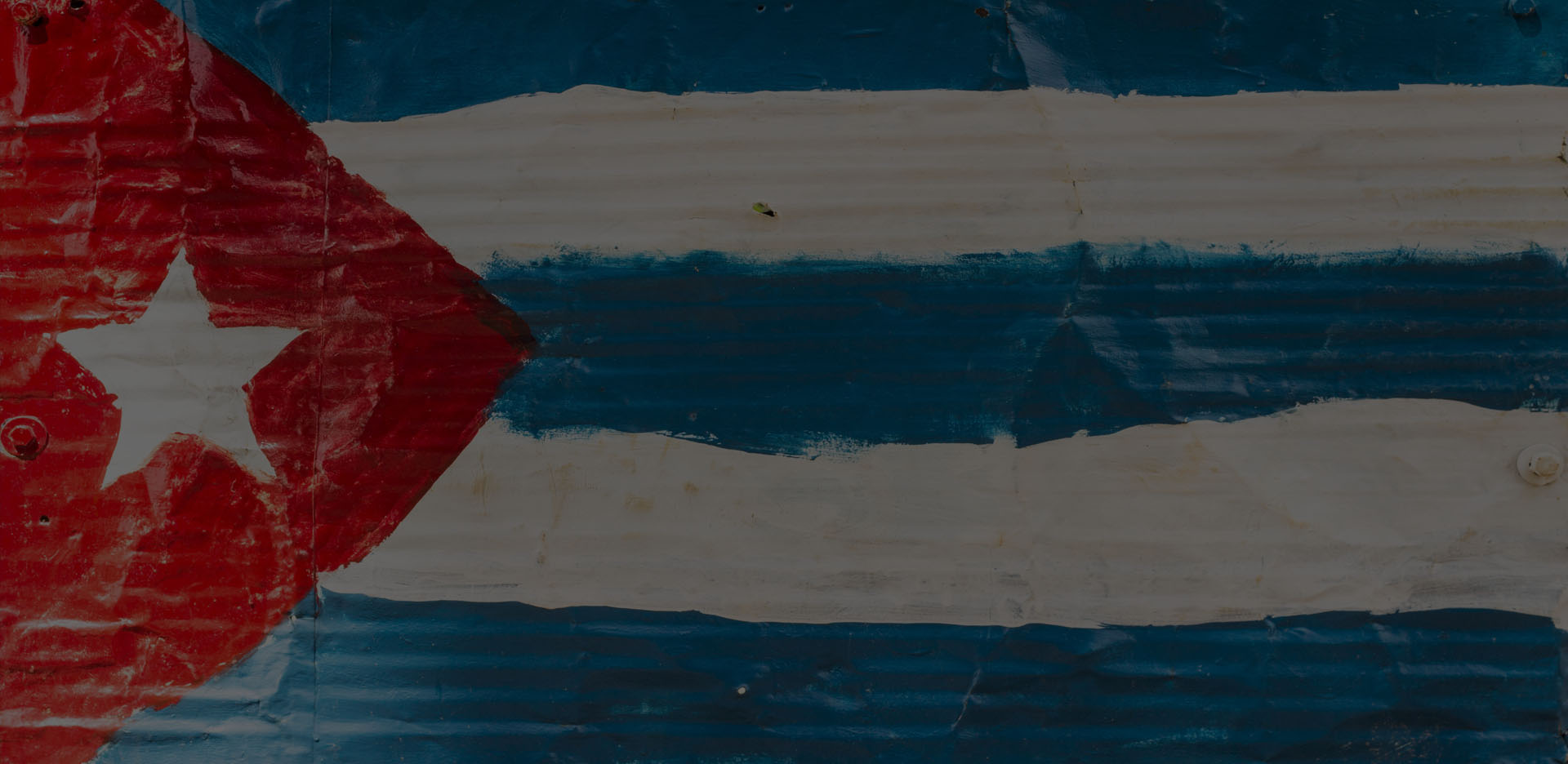


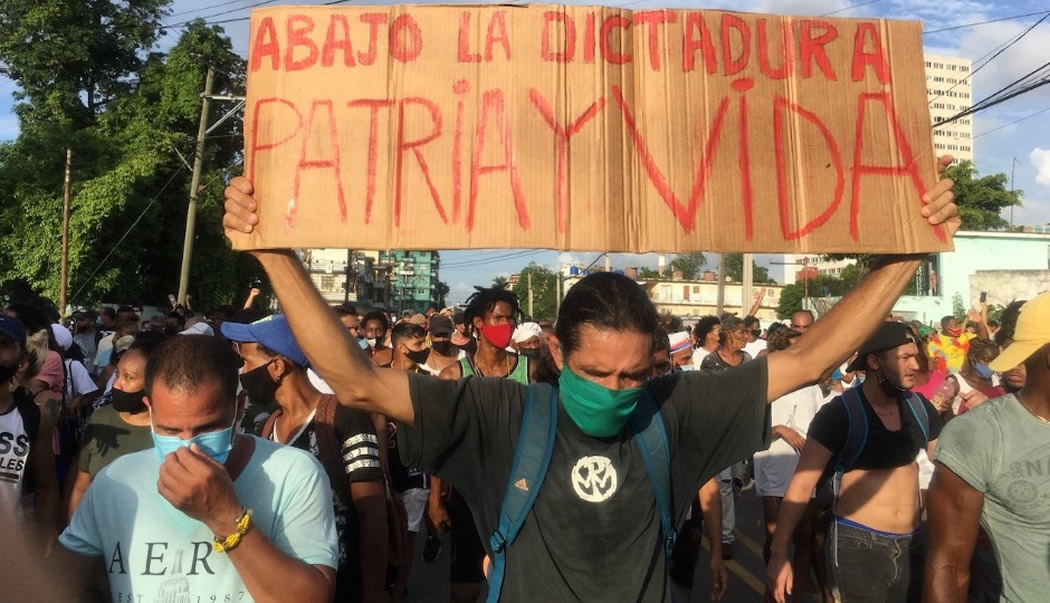
 Leer esta nota en Español
Leer esta nota en Español



